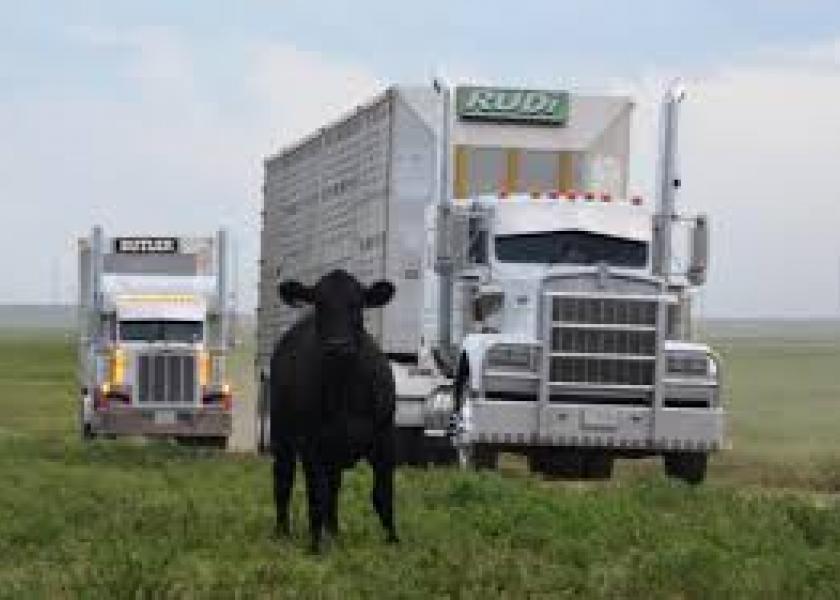Justin Sexten: Technology for Sorting Cattle

When you read the title and consider emerging agriculture technology, I suspect you think about the latest sensors, machine learning algorithms or even robotic cowboys sorting cattle. Technology in the simplest form is the application of knowledge for a practical purpose.
A practical task in nearly any cattle enterprise is sorting, loading, and unloading. To be clear: We are not talking about a new endpoint management technology. No, this article discusses simply getting cattle on and off a truck.
In a recent article by Stella Maris Huertas and co-workers in Animals they evaluated common tools used to move cattle and how a simple choice might affect the loading outcome as well as the end product.
The experiment compared handlers who used either a flag, stick, electric prod, shouting or some combination to move cattle. To make the comparisons Stella measured loading times, success rating and carcass bruising.
Carcass bruising provides a good control measure against loading speed. Sure, loading may be fast, but if the final handling prior to harvest results in excess trim loss those few minutes saved are not worth much, considering the 18 months required to produce a quality beef product.
Another interesting aspect of the study was the location - Uruguay. Here using leaner cattle with less fat for cushioning and wider flight zones due to an extensive environment provided a solid test of cattle handling skills.
After loading the cattle, truckers were asked to score the loading event. Eighty-two percent of loading events were good, while 15.7% were neutral, and 2.4% were considered bad due to extended time and “problems encountered” during loading. Neutral or bad loading outcomes were associated with increased use of sticks, prods and shouting while flag use was associated with the positive outcomes.
What we cannot tell from this project is how the cattle owner would score the event nor how well the facility was designed to help the truckers be successful. One could certainly argue facility design can influence loading success and the owners view would often be different than the truckers.
As an owner next time you prepare to load cattle, ask yourself why you choose a particular “movement assistance device”. Do you perceive the cattle need some greater motivation? Does the chosen device provide you greater protection or reach perhaps? Is it the only object available?
Flags and paddles provide the best opportunity to communicate visual intent to the cattle by blocking vision without making contact. Sticks and prods require body contact to communicate your directions. Observation suggests if you are making contact using a “movement device” one of two things have occurred: Either it’s too late to communicate the original intent or you are trying to speed up cattle already moving in the desired direction. In both cases better outcomes are possible.
Unloading cattle should be uneventful, as the cattle are confined and the exit is singular unlike the many variables associated with loading. We have all seen times where human interference causes unloading problems and this is worse when multiple people are involved.
In 29.3% of this project’s unloading events there were multiple people interfering with the process – adding time to unloading. Taking time to make sure there is only one person providing cattle cues on where to go during unloading can go a long way in improving success.
The fewest bruises were found in carcasses where unloading was scored quiet and no movement device was used. There was no difference in bruises among the other unloading categories, which lends support to the importance of both loading and unloading techniques in order to prevent bruising.
This experiment suggests if you want to deploy some cutting-edge sorting technology the next time you move cattle there are a few simple practices to remember. Make sure you are using a tool that provides a visual cue, such as a flag or paddle. Gather up the sticks and prods and make them especially hard to find – and send the people who insist on using a stick and yelling during sorting after those now-hidden tools. With the right tool in your hand, and fewer people around, who knows you may have the cattle loaded before they get back.
Justin Sexten if vice president of strategy for Performance Livestock Analytics
Related stories:







